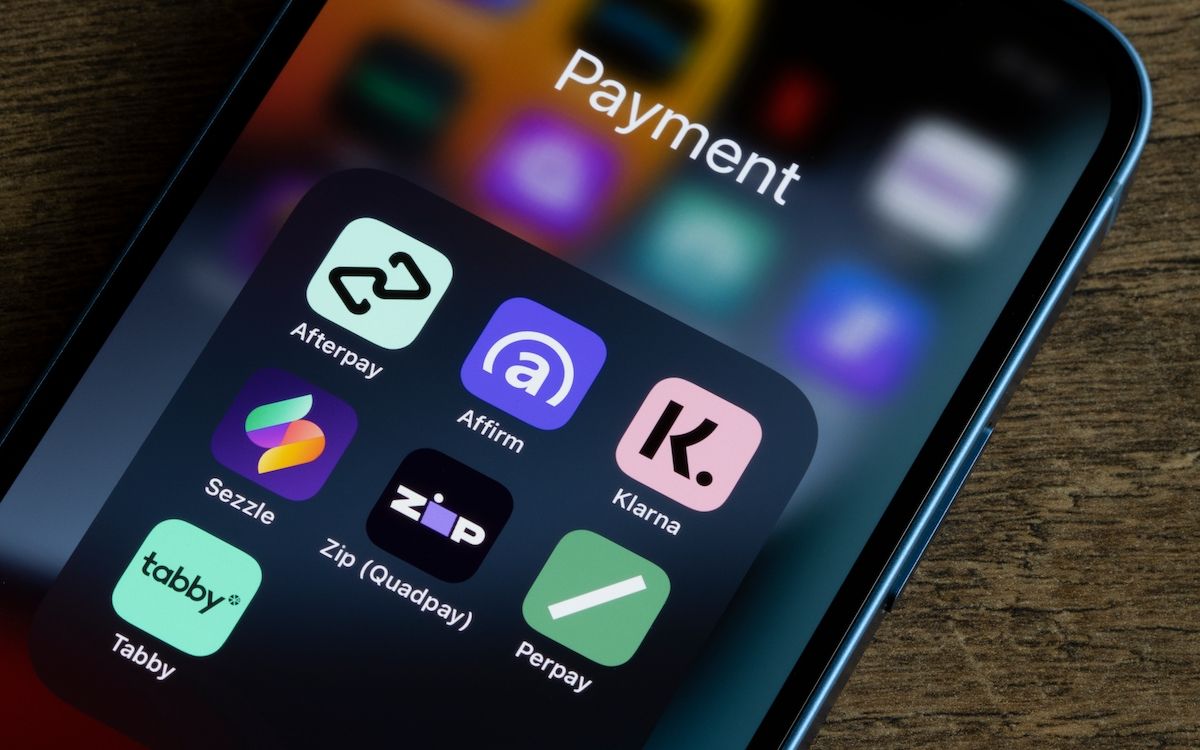
With the multitude of payment options available today, it can be difficult to keep track of all the ways shoppers can fulfill payment obligations to online businesses. At the time of this article, some of the most popular (and up-and-coming) methods shoppers use to pay for goods and services online include:
- Traditional Debit and Credit Cards (like Visa, MasterCard, and Discover)
- Digital Wallets (like PayPal, Apple Pay, and Venmo)
- Buy Now, Pay Later options (like Affirm’s installment payments and PayPal Credit)
- Cryptocurrencies (like Bitcoin, Ethereum, and Solana)
Many online business owners assume that choosing one payment gateway or payment provider is all they need to do to open a functional ecommerce business. While this approach certainly works for some businesses, it doesn’t always make them successful or able to grow their customer base beyond existing loyal customers. Here are a few reasons why offering more than one method to pay for products online is essential for ecommerce businesses looking to scale.
Modern customers expect it, and your competitors offer it (or will).
According to research by Stripe, 85% of online customers state they would stop a purchase if their favorite payment method wasn’t available. Since each customer has their own unique preferences, businesses that only offer one method of payment are likely to inadvertently prevent or put off some shoppers from purchasing altogether.
Businesses can remain competitive by starting to offer additional payment methods now (if they don’t already) to give themselves a leg up on the competition. Many businesses are already on top of making sure their customers can pay a few different ways, but those who don’t now will no doubt add more payment methods in the future to keep up within their industries.
Smartphone sales are growing, as is ecommerce overall.
Ecommerce has been growing at an exponential pace lately, in part due to the global coronavirus pandemic reducing the accessibility and perceived safety of visiting brick-and-mortar storefronts. In addition to desktop-based sales, online purchases made via smartphone are increasing as well—Oberlo recently reported that nearly three out of every four dollars spent on online purchases today is done so through a mobile device.
While shoppers can use more traditional payment methods when shopping on their smartphones, other mobile-only payment methods are growing in popularity. For example, while Venmo was initially only used by individuals to pay their friends directly, U.S.-based businesses can now enable Venmo on their online storefronts so that mobile shoppers can use a payment method they have easy access to on their device.
It reduces dependency on a single payment provider.
When businesses only rely on one or two payment providers for their entire business operation, they run the risk of becoming inoperational if their chosen payment provider experiences issues. Even the largest and most secure services are susceptible to outages, as we have seen in recent years.
By offering several payment options across multiple payment providers, businesses can avoid a complete inability to process sales if one of their payment providers experiences an outage or issue. With several options available to them, shoppers who are unable to use the payment method experiencing an outage can choose a different payment method and move forward with their purchase.
More payment options lead to more paying customers.
Overall, offering multiple payment options to shoppers provides positive outcomes for both businesses and their customers.
For shoppers, being met with more than one payment option at the time of checkout offers several advantages:
- Convenience: Most shoppers have one preferred payment method they use when purchasing online. By accepting multiple payment methods, businesses are more likely to meet each shopper’s preferred payment method head-on, offering a valuable sense of convenience that shoppers appreciate.
- Affordability: Using some payment methods can be more costly than others—service fees associated with credit cards and the burden of paying for big-ticket items all at once can make online purchases seem less affordable. Offering additional options, such as wallet payments and installment payments, can help counter this concern.
- Security: Some shoppers are more comfortable with the security features of certain payment methods over others. By offering a variety of payment options, businesses expand the possibility of meeting the security standards that make each shopper feel more comfortable with making a purchase.
As shoppers encounter these advantages at checkout, businesses can experience advantages of their own as a direct result:
- Increased Conversions: A wider range of options can result in higher conversion rates as shoppers are easily able to use their preferred payment methods rather than moving money around or signing up for new services.
- Decreased Abandonment: With their preferred payment method available, shoppers experience fewer objections to making a purchase immediately, which can lead to decreased abandoned carts.
- Customer Loyalty: Shoppers who know they can pay the way they want are more likely to return and make additional purchases from stores that make the payment process easy, resulting in more loyal, repeat customers.
Interested in adding additional payment methods to your Volusion store? Check out our informative page about Volusion Payments Powered by Stripe and our expanded integration with PayPal that includes a variety of payment methods—including Buy Now Pay Later options, PayPal Wallet, debit and credit cards, Venmo, and more—all available to Volusion merchants.











